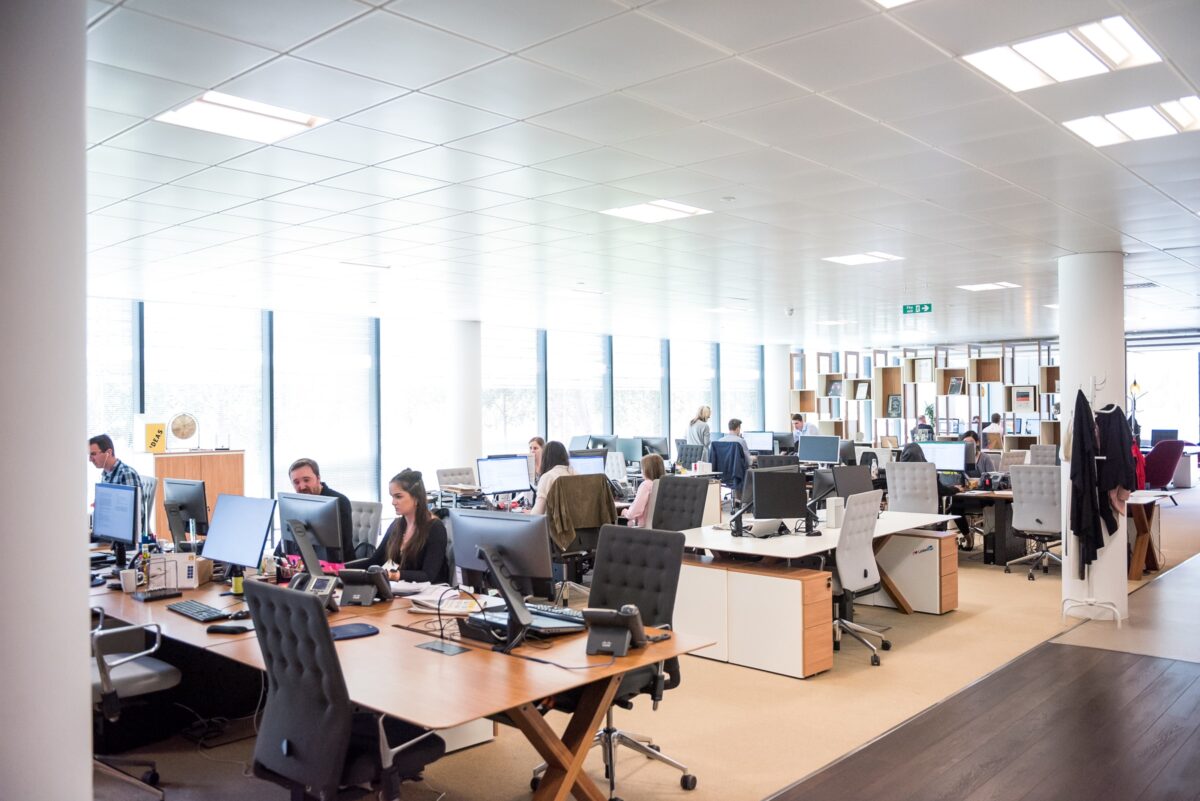In a Long Island pilot program, hydrogen created from renewable energy will be combined with natural gas to heat around 800 houses and a fleet of city cars.
New York City lawmakers enacted a bill last week banning natural gas hookups in all new buildings, making it the largest city in the United States to enact legislation restricting builders from installing gas-fueled stoves, furnaces, and water heating systems in new construction.
The ban, which will take effect in 2023 for buildings under seven floors, follows similar laws in Berkeley and Seattle, and is part of a campaign to “electrify everything” in order to reduce carbon emissions from building energy use.
Despite the city’s ambitions to move away from fossil fuels, National Grid, a local utility that opposed the ban, committed to making its existing natural gas infrastructure cleaner and greener.
The “HyGrid Project,” a program to blend zero-emission “green” hydrogen into the natural gas distribution system to heat around 800 households and run at least 10 municipal vehicles, was unveiled on Dec. 15 by National Grid and the Long Island town of Hempstead.
We believe that hydrogen can transform the energy industry, and we are on the forefront, Rudolph Wynter, president of National Grid New York, said in a statement. This exciting project shows that hydrogen blending can be used to decarbonize the existing networks.
Green hydrogen is hydrogen that is produced solely from renewable energy sources like wind or solar energy rather than fossil fuels. (Most commercial hydrogen is produced using more carbon-intensive methods.) Hempstead’s existing wind and solar generating equipment produces hydrogen, which will be gradually blended with conventional natural gas over the following three years, starting at 5% this year and gradually increasing to 20%, according to Wynter. (Hydrogen, in larger concentrations, can harm natural gas pipelines and appliances.) Standard home appliances such as furnaces, stoves, and laundry dryers can use this natural gas/hydrogen blend. According to the US Energy Information Administration, gas heats about 60% of American households, including three out of every five in New York State.
Although HyGrid is now only a pilot project, National Grid, which covers New York, Rhode Island, and Massachusetts, is trying to expand the hybrid fuel’s availability. In addition, the utility is working on decarbonization with Stony Brook University, the New York State Energy Research and Development Authority, and the Low-Carbon Resources Initiative. One of the first hydrogen blend projects to go into houses in the United States is the Hempstead pilot. In Scotland, National Grid U.K. has been working on a similar initiative, and in May, an Australian gas provider began powering houses with a 5% green hydrogen blend. Hydrogen blending pilots have also emerged in California and Colorado.
However, other environmentalists are skeptical about the potential of combining green hydrogen and natural gas, saying that such initiatives will provide only minimal decarbonization advantages and will just slow down the electrification process. Projects like this, according to Peter Iwanowicz, executive director of Environmental Advocates New York, may be investigating a dead end: The state is working on a climate change plan that will see its natural gas infrastructure decommissioned.
New York State made a bold decision almost two years ago to stop combusting fuels for energy-powered systems, Iwanowicz said, referring to the draft. So whether it’s green hydrogen or natural gas in the short term, all the stuff we know is going to be facing a decommissioning.
Pilot projects like National Grid’s, according to Arvind Ravikumar, a research associate professor in the University of Texas at Austin’s Petroleum and Geosystems Engineering department, are essential for figuring out how to best use hydrogen as a fuel. When hydrogen is consumed, it produces mainly water vapor, making it a suitable alternative to fossil fuels in power-intensive industries such as steelmaking and freight trucking, which have proven difficult to electrify. However, Ravikumar claims that research on the benefits and drawbacks of hydrogen, as well as its potential role in the energy transition, is still missing.
We cannot say this project is a greenhouse gas emission reduction program, Ravikumar said of the Hempstead pilot. But this is an important research project to help us better understand how the hydrogen economy could play out and how to solve some of the technical challenges within the hydrogen ecosystem.
Participation in the program for hybrid gas users in Hempstead needs no changes to their appliances and comes at no additional costs, which Wynter said was most essential to him when thinking about the energy transition. Users couldn’t tell the difference between the 20% hydrogen blend and conventional natural gas, according to Antony Green, National Grid U.K.’s hydrogen project director, who addressed Green Tech Media in October 2020.
We have to have an energy transition where people can afford the energy at the end of the day. A great way of doing that is how do you utilize existing networks, but decarbonizing that, Wynter said. To us, hydrogen has always been a way of decarbonizing the existing networks to provide a low carbon fuel that also puts us on a track to making sure that it’s equitable and affordable.




